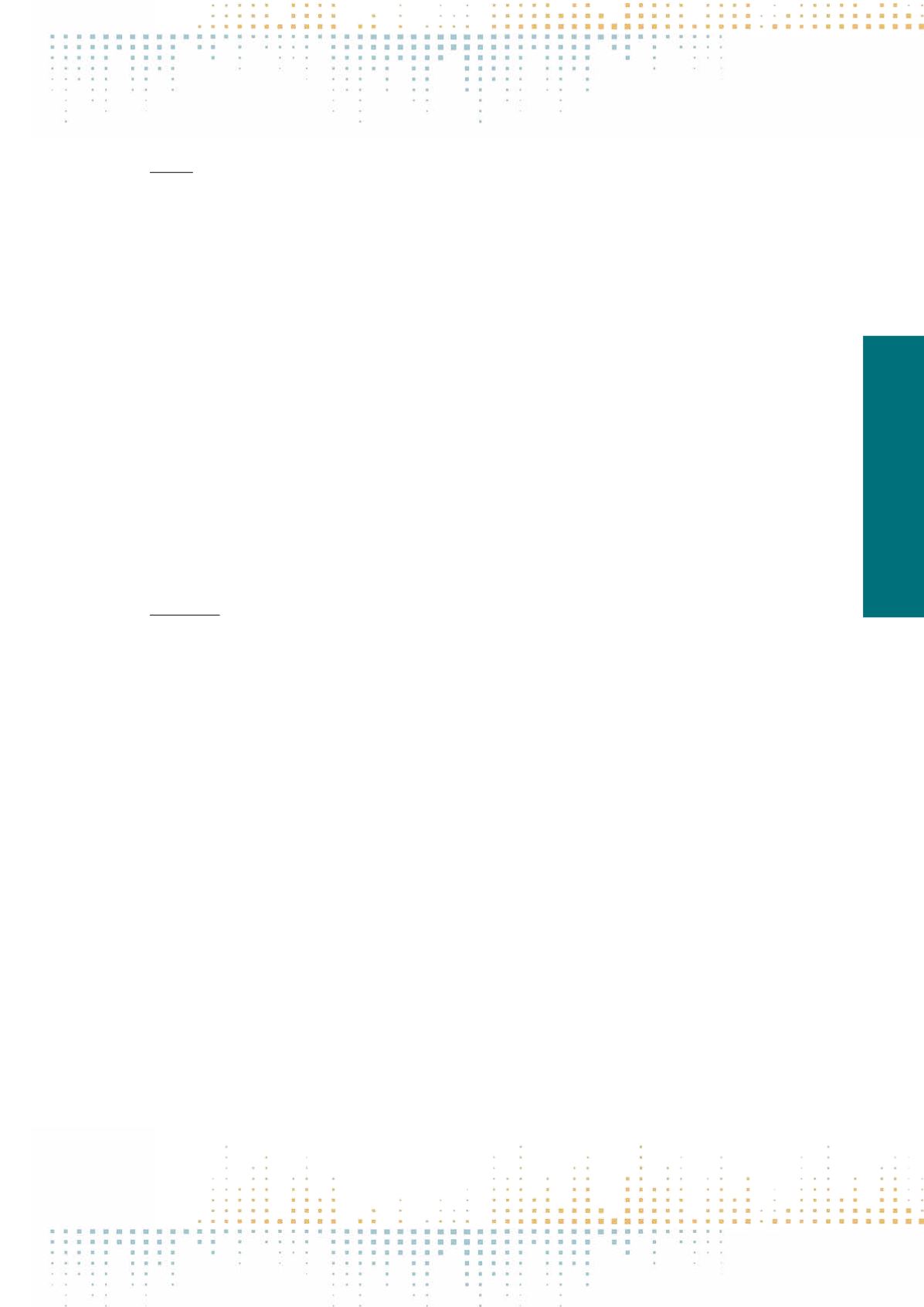

175
Friday, November 11
1 6 : 0 0 – 1 7 : 3 0
PP 423
Mediated Scandal in Time of Political Crisis. The Case of Wałęsa Affair 2016’
E. Nowak
1
1
Maria Curie-Sklodowska University- Lublin, Journalism Department, Lublin, Poland
The“Wałęsa scandal”, also called“file”or“cupboard”affair (afera teczkowa/szafowa), burst out in Poland in February 2016, just in the middle of right-wing’s
“political reformation” implemented by the governing Law & Justice party that took over in October 2015. Political “Blitzkrieg” carried out perpetrated by
the new power evoked opposition’s severe resistance including numerous street protests and constitutional rule of law crisis. Party elites (deeply immersed
in political conflict) faced the revelation of information about alleged evidence (documents dating back to the 70s) presumably confirming the cooperation
of LechWałęsa with communist secret services. The alleged past events and scientifically unverified historical documents became the means of communist
time essentially influencing current political competition. Recently revealed historical artefacts also reminded that attitudes to the past diverge and that
different roles of people creating those events (in communist time) can directly determine the current political positions and behaviors. The paper offers
a theoretically informed empirical study devoted to mediated political scandal, in order to study the way of presenting events and political reactions of party
elites by the news media, attempting to present, support or contest different sides of conflict. The conceptual framework includes widely renowned con‑
cepts (within political communication field) of mediated scandal and agenda-building, where mediated scandals are defined as“events that are created at
least partly by the mediated forms of communications and extend far beyond the original actions”(Thompson 2000: 62), and agenda-building (Berkowitz
1994: 85; McCombs 2014: 132) is the process of shaping the media agenda by different sources of information and influence (explaining the origins of me‑
dia agenda). To gather the data and analyse empirical material ethnographic content analysis (ECA; (Altheide, Schneider 2013) shall be employed, that
is qualitative media documents (video and print form) analysis, in order to describe the news coverage in theoretically informed manner and to develop
the investigation devoted to the question: how different sources of information “feed” mediated scandal and how they shape the news media agenda?
In the presented case ECA is oriented towards understanding the communication of meaning and verifying relationships between categories: situations,
settings, styles, images and meanings, and using constant comparison of the selected categories as well as prepare narrative description of the case. In
this methodological framework mediated political scandal is understood as communication mode which uses distinctive rhetoric, frames, formats of com‑
munication and special content, including power, ideology and influence, and the news are treated as a symbolic representation of social meanings and
institutional relations.
PP 424
Public Frame Building: The Role of Source Usage in Times of Crisis
T. van der Meer
1
1
University of Amsterdam, ASCoR, Amsterdam, Netherlands
Social media gained prominence as a tool for quick crisis communication, enhancing the public’s potential to influence the societal understanding of a crisis.
To explore the role of the public in crisis communication, this study uses the well-established concept of framing. Traditional frame-building research is
interested in what influences how a given issue is framed and acknowledges the influence of information sources in framing processes. Especially in an on‑
line environment, the public can easily obtain and share information provided by sources. Hence, it is likely that information sources – i.e., news media,
the organization central to the crisis, or other members of the public – play a significant role in the public’s online framing. The central research question
reads as follow: How does source usage affect the public framing of a crisis and when does the public uses information provided by sources? To answer this
research question this research relies on two studies. Study 1 aims to see how the public uses sources to address frame functions – i.e., problem definition,
causal interpretation, moral evaluation, and treatment recommendation. Study 2 explores the underlying mechanism of the public’s source selection. Study
1 applies four datasets of all tweets (N=252,711) about Dutch crises that set in motion a significant chain of tweets. First, source usage was manually coded.
Second, a combination of automated content analyses, Latent Dirichlet allocation and K-means clustering, was applied to identify which frame functions
the public addressed. Finally, time-series analyses were conducted to assess whether the use of sources affects frame functions. Study 2 presents a vignette
study where respondents (N=772) were presented five short online messages (i.e., vignettes) of fictional crises based on the analyzed material and findings
of Study 1. The crisis messages were manipulated on the following aspects: Source of the message, crisis magnitude, and crisis origin. To test the effect
of these manipulated elements, after exposure to each message respondents were asked about the dependent variable how likely they would use this
source information. After the experimental stimuli had been judged, measures for crisis involvement and habitual source use were obtained. The findings
of Study 1 show that sources play a significant role in whether the public addresses frame functions.The public mainly relied on other members of the public
as a source, but the use of news media was most significant in explaining whether certain functions were addressed. Moreover, functions related to initial
problem definition were frequently not correlated with source usage whereas causal interpretation and treatment recommendation functions, related to
later phases of a crisis, were frequently initiated by source usage. Study 2 observes that external and internal factors determine which sources the public
uses. Depending on source type, the factors crisis origin, crisis magnitude, crisis involvement, and habitual source use can affect the likelihood that the pub‑
lic selects source information at times of crisis. In conclusion, the combination of Study 1 and 2 provide a more complete understanding of the comprehen‑
sive public framing process and the role of sources.



















